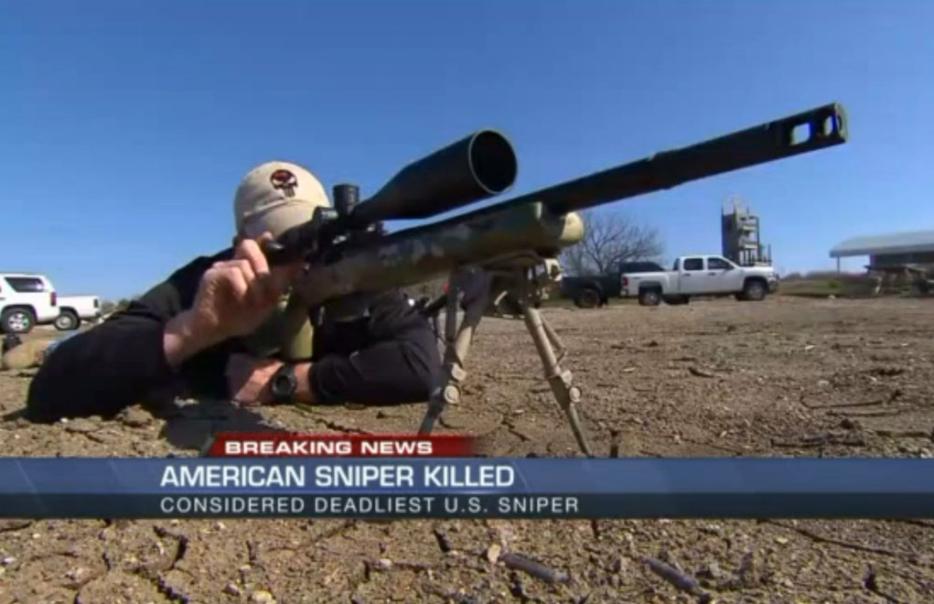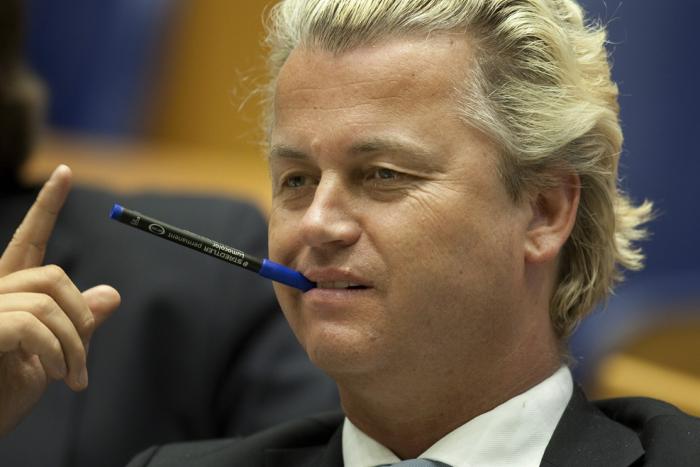There are few perfect deaths in the world. Jesus seems to have had a pretty good one. And it turns out Richard III’s was sufficiently heroic to undo some of the damage the Plantagenets’ last king suffered at the quill of his rival tribe’s fiercest scribe.
Some of us die poorly, most of us die negligibly, but Chris Kyle's death had a startling congruity. A sniper, responsible for 160 snipes in Afghanistan and Iraq, got sniped by a fellow vet he was trying to help out of his post traumatic stress disorder by taking him shooting.
That’s perfect for a number of reasons, none of which will be comforting to those who loved him.
Most obviously, there’s the live by the thousand-metre-per-second projectile, die by the thousand-metre-per-second projectile side to it. This is the man who wrote in a book about a woman he shot in Iraq:
She was too blinded by evil to consider [anyone else]. She just wanted Americans dead, no matter what.
My shots saved several Americans, whose lives were clearly worth more than that woman’s twisted soul. I can stand before God with a clear conscience about doing my job. But I truly, deeply hated the evil that woman possessed. I hate it to this day.
Savage, despicable evil. That’s what we were fighting in Iraq. That’s why a lot of people, myself included, called the enemy “savages.” There really was no other way to describe what we encountered there.
People ask me all the time, “How many people have you killed?” My standard response is, “Does the answer make me less, or more, of a man?”
The number is not important to me. I only wish I had killed more. Not for bragging rights, but because I believe the world is a better place without savages out there taking American lives.
And then there's the confluence of things that attended Kyle's death.
They fall into two categories: symbolic and practical.
Americans, or a certain cohort of them anyway, love their symbols. You could say they live and die by them. The flag. The eagle. The greenback. Lincoln. Kennedy. So the fact that Kyle was the very pointy tip of the NRA pyramid, a high-calibre poster boy for all things gun, is important. He was killed this way, by a man with a fuzzy motive, possibly unhinged, under circumstances that only a gun would have made fatal. To opponents of any form of gun control, Kyle was one of their own, the ablest rifleman in the land, the very man young gun-lovers modelled their gunny fantasies on, the man who proved, 160 times, the value of the well-handled gun, the superiority of American gunnery. He was the apex of the nation’s gun culture.
He was also, it has been reported, in the process of trying to help a fellow soldier with PTSD with a sort of gun therapy. Though I’d never heard of the idea of taking a man scarred by war to a shooting range as a form of therapy, it’s wonderfully NRA. Not only are guns not a bad thing, they’re a good thing, a healing thing, possibly just the sort of healing America needs in these dangerously liberal days of Barack Hussein Obaman anti-freedom. It’s the sort of thing that would have made an ideal news spot, talking point, possibly even an NRA-sponsored documentary. But we didn’t learn about it with a soothing voiceover, or through a cast of otherwise bereft war heroes making their way back towards health through the salutary side-effects of some good shootin’. We learned about it this way.
Then there are the practical points. Kyle was in a shooting range. One of the most popular arguments for even wider and freer gun ownership than there is now is that, in the event of a bad guy pulling out a gun, there will be many more good guys who can pull out their guns and shoot him. ABC News did a nice little experiment a while ago testing, and mostly disproving this theory, showing that one of the biggest obstacles to quick citizen-gunner action is how long it takes the average person to get their gun our of their pocket or holder or bag. But this shooting happened in a room full of more or less expert shooters with their guns already drawn. This was a best-case scenario. And still, two people were killed, and the shooter remained un-shot.
But best of all, Kyle was killed less than eight weeks after Newtown, at a time when the US seems to be more open to the idea of some law or other that might prevent at least a few six-year-olds from having their jaws torn away from their faces by the force and volume of assault weapon ammunition.
After spending a career as likely mulch for his nation’s thriving crop of war memorials, whose lest-we-forget timbre is cut through with the sort of heroism that promises the action-hungry and cash-light girls and boys who staff the military to imagine their worst-case scenario as a sort of secular immortality, Chris Kyle may just end up being a martyr to gun control.






